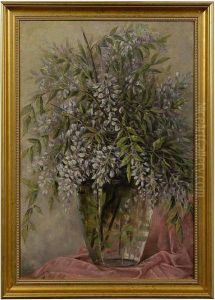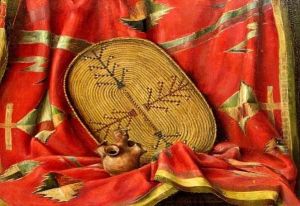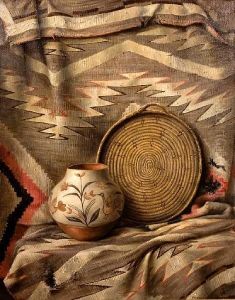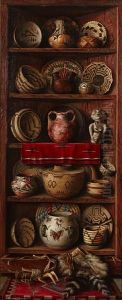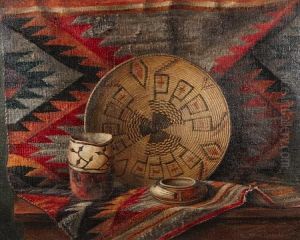Frederick John Behre Paintings
Frederick John Behre was an American artist born in 1883, known for his work as a painter, illustrator, and etcher. His artistic journey began in an era where the American art scene was evolving, incorporating influences from Europe while developing its unique styles and themes. Behre was part of this transformative period in American art, contributing his unique vision and skill to the landscape of early 20th-century American art.
Educated at the Art Students League of New York, one of the premier art schools in the United States, Behre was exposed to a vibrant community of artists and a diversity of artistic philosophies. This education not only honed his technical skills but also immersed him in the dynamic cross-currents of American and European art movements. His work, therefore, embodies a blend of traditional American realism and the emerging sensibilities of the modernist movement, capturing the essence of his subjects with both fidelity to nature and a personal interpretive style.
Throughout his career, Behre focused primarily on landscapes and cityscapes, capturing the beauty and complexity of the American environment and urban life. His etchings and paintings often depicted scenes from his travels and surroundings, characterized by a keen observation of light, shadow, and form. Behre's work was well received in his time, celebrated for its artistic quality and the depth of its engagement with its subjects. He exhibited his work at various prestigious institutions, including the National Academy of Design and the Pennsylvania Academy of the Fine Arts, earning recognition and accolades for his contributions to American art.
Despite his success, Frederick John Behre remained a somewhat elusive figure in the broader narrative of American art history. His oeuvre, while respected among connoisseurs and collectors, has not received the same level of widespread public recognition as some of his contemporaries. Nevertheless, his work continues to be appreciated for its technical mastery and evocative portrayal of early 20th-century America. Behre passed away in 1956, leaving behind a legacy that, while perhaps not as celebrated as some of his peers, is deeply valued by those who know his work for its contribution to the American artistic heritage.
